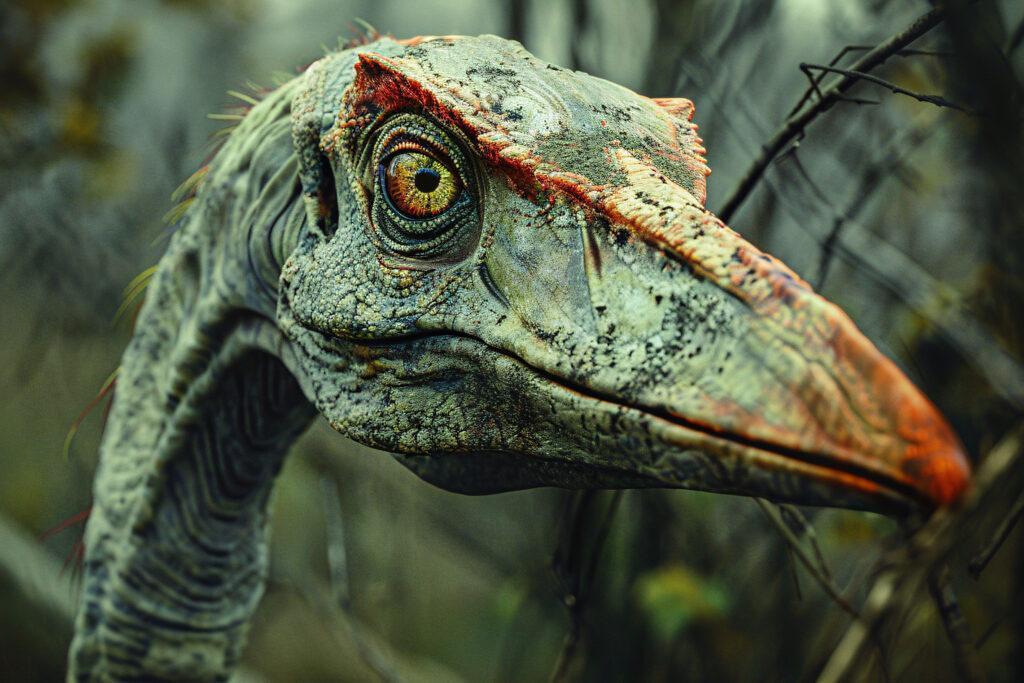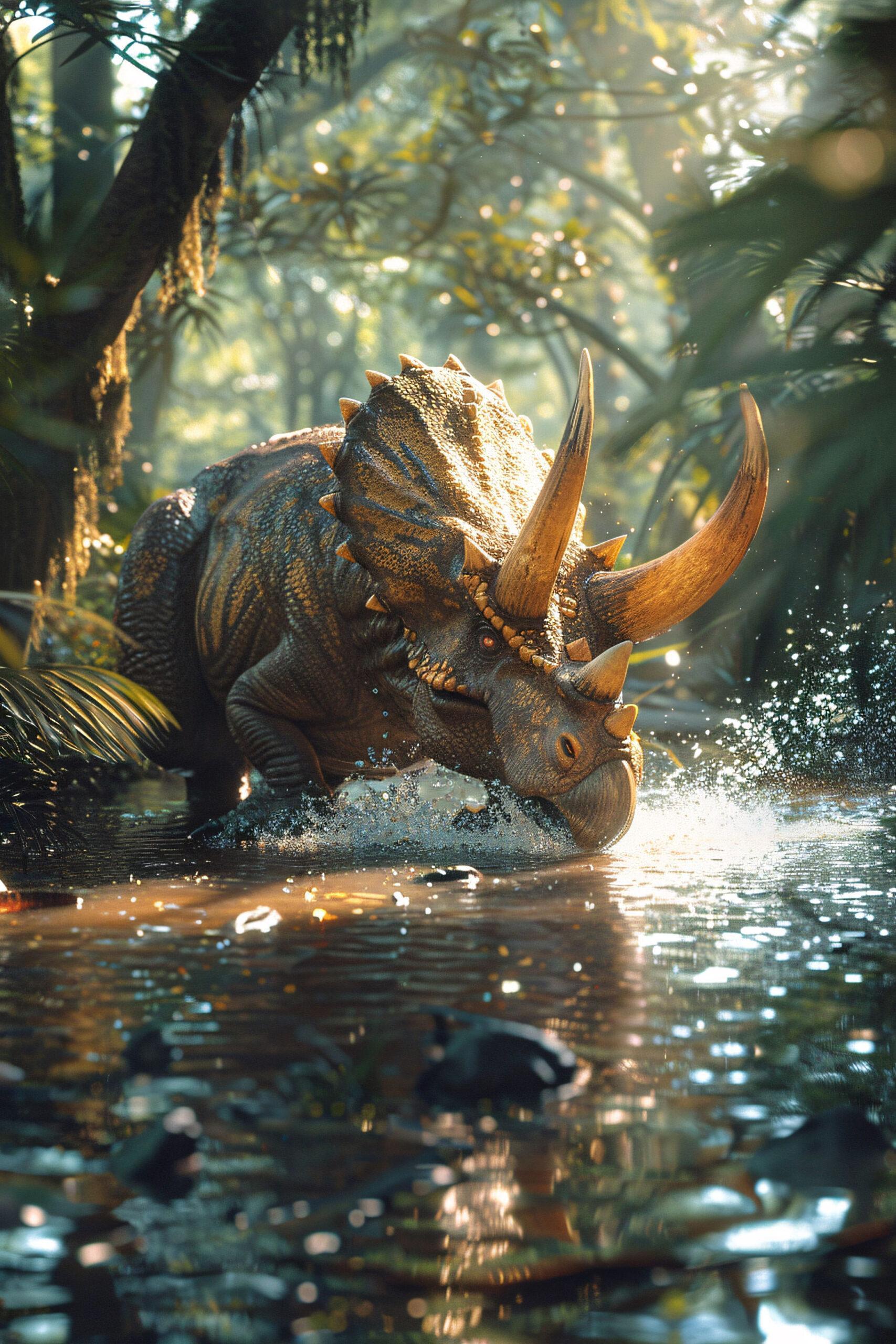Two-Fingered Duonychus Boasted Largest Preserved Dinosaur Claw—Used for Grazing, Not Slashing
By James Woodford
A newly identified dinosaur species from Mongolia has stunned paleontologists with its massive, perfectly preserved claws—the largest ever found intact. But unlike its razor-clawed relatives, this 3-meter-long herbivore used its formidable appendages not for hunting, but for grasping vegetation.
The “Two-Clawed” Discovery
Excavated at a construction site in Mongolia’s Gobi Desert in 2012, the 90-million-year-old fossil includes:
🦴 Pelvis, arms, hands, and vertebrae
✌️ Two-fingered hands (unlike most three-fingered theropods)
🔪 30 cm keratin sheathed claws (largest ever preserved in 3D)
Named Duonychus tsogtbaatari (“two claws” + honoring Mongolian paleontologist Khishigjav Tsogtbaatar), this dinosaur represents a bizarre evolutionary twist among therizinosaurs—a group known for their scythe-like claws.
Why This Dinosaur Stands Out
1. A Missing Link in Dinosaur Evolution
- Most theropods (including T. rex) retained three fingers
- Only five lineages evolved two-fingered hands
- Duonychus is the first two-fingered therizinosaur
“This discovery rewrites what we thought about claw evolution in plant-eating theropods,” says Yoshitsugu Kobayashi (Hokkaido University), lead researcher.
2. Perfectly Preserved Keratin Sheaths
Unlike typical fossilized claws (which leave only bony impressions), Duonychus’s claws retain their original keratin covering—the same material in human fingernails.
“Finding intact keratin is like discovering a mummy’s skin,” explains Darla Zelenitsky (University of Calgary). “It shows us the true shape and size of the claw in life.”
3. Claws Built for Gardening, Not Fighting
Analysis reveals:
🌿 Curved tips for hooking branches
💪 Strong, flexible grip (fewer fingers = more control)
🚫 No slashing adaptations (unlike carnivorous relatives)
“Three fingers might’ve gotten in the way,” Kobayashi notes. “Two allowed precise stripping of leaves.”

How Duonychus Lived
📏 Size: ~3 m long, 270 kg (smaller than Therizinosaurus)
🌵 Habitat: Semi-arid Gobi floodplains
🍃 Diet: Tough Cretaceous vegetation
Its claws likely helped:
1️⃣ Pull down high branches
2️⃣ Strip bark/leaves efficiently
3️⃣ Defend against predators (as a last resort)
Scientific Significance
🔬 Challenges assumptions about therizinosaur diversity
🔄 Shows parallel evolution with two-fingered tyrannosaurs
🌍 Highlights Mongolia’s fossil riches
“This is one of those finds that makes you say, ‘Wow, nature is weirder than we imagined,’” laughs Zelenitsky.
Further Reading
- “Theropod Hand Evolution” – Nature Communications
- “Keratin Preservation in Dinosaurs” – Palaeontology
- “Gobi Desert Fossil Discoveries” – Journal of Vertebrate Paleontology
Image Credits: CC-BY reconstructions of Duonychus claws and skeletal diagrams.
This article is free to republish with attribution. Follow #DinoClaws for updates.

